Renuka Wildlife Sanctuary, a serene haven for lovers of the environment and animals, is located in Sirmour district of Himachal Pradesh. Covering an area of 4.328 square kilometres, this little haven was established in 1982 and shares its centre with the most beautiful natural lake in Himachal Pradesh, Renuka Lake. Combining water and terrestrial environment, the special ecosystem offers visitors a wilderness area in search of peace, away from the crowds typical of more popular locations, and a naturally beautiful backdrop.
Location
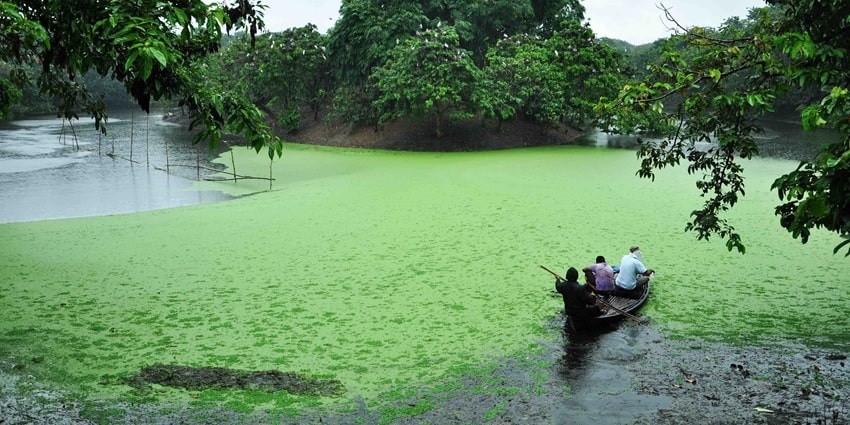
Photo: Apurbasen / Wikimedia Commons / Image For Representation Only
Renuka Wildlife Sanctuary’s location is in the Sirmour district of Himachal Pradesh, India. It lies approximately 38 kilometres from Nahan, the district headquarters, and about 300 kilometres north of Delhi. The sanctuary is situated at an altitude ranging from 660 to 1,175 metres above sea level.
Suggested Read: Uncover The Diverse Wildlife Of Kufri Zoo Amdist The Idyllic Peaks Of Himalaya
How To Reach Renuka Wildlife Sanctuary
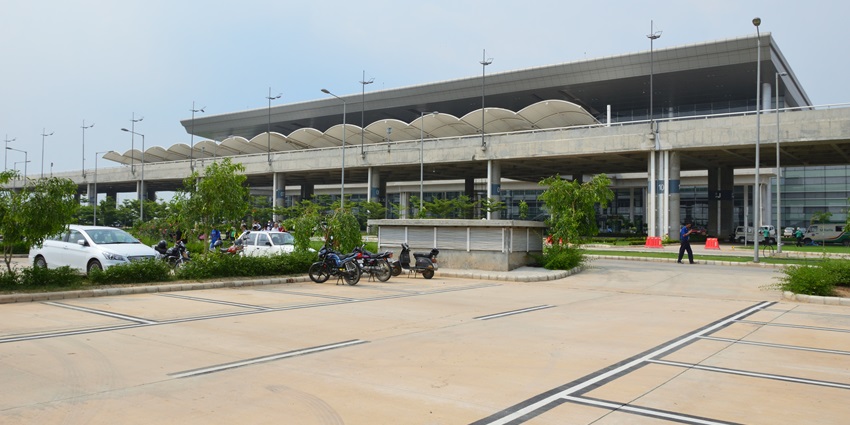
Photo: Biswarup Ganguly / Wikimedia Commons
By Road: From Delhi, it’s a scenic 6-7 hour drive via NH44 and NH7. Visitors can hire a private vehicle or take a bus to Nahan, followed by a local bus or taxi to the sanctuary.
By Air: The nearest airport is Chandigarh International Airport, about 90 km from the sanctuary. From there, taxis are available for hire to reach Renuka Wildlife Sanctuary.
By Rail: The nearest railway station is Ambala Cantt, approximately 110 km away. One can hire a taxi or take a bus from Ambala to reach the sanctuary.
Places To Visit Near Renuka Wildlife Sanctuary
Renuka Wildlife Sanctuary and its surroundings offer a blend of natural beauty and cultural attractions. Here are some notable places to visit in and around the sanctuary:
1. Renuka Lake
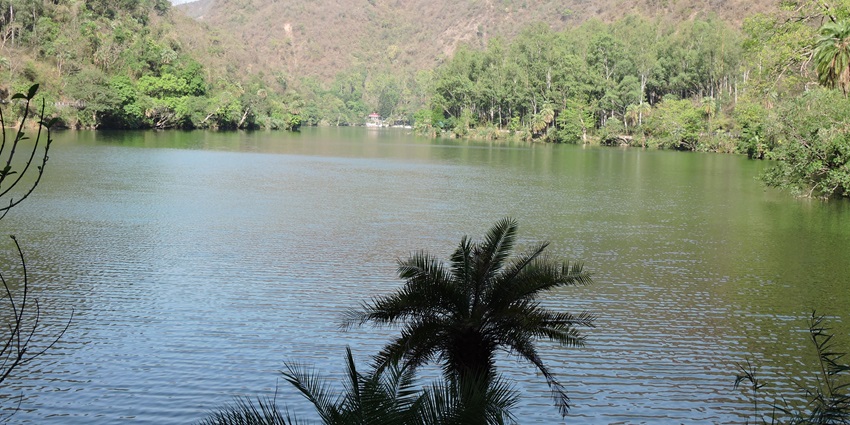
Photo: Harvinder Chandigarh / Wikimedia Commons
Renuka Lake, the centrepiece of the sanctuary, is the largest natural lake in Himachal Pradesh. This kidney-shaped water body is believed to be the embodiment of Goddess Renuka. The lake offers serene boat rides and is home to various aquatic species, including the rare golden mahseer fish. Visitors can enjoy the peaceful atmosphere and witness stunning sunsets reflecting off the calm waters, making it a perfect spot for relaxation and photography.
Timings: Open 24 hours
Entry Fee: None
Suggested Read: Zoos In Himachal Pradesh With A Guide To Wildlife And Conservation
2. Parshuram Temple
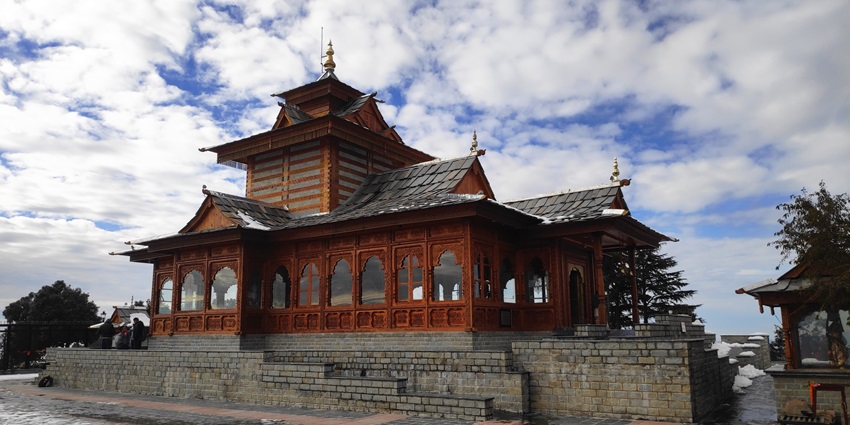
Photo: Pankajkukreti03 / Wikimedia Commons / Image For Representation Only
The Parshuram Temple, located near Renuka Lake, is a significant religious site dedicated to Sage Parshuram, the sixth avatar of Lord Vishnu. According to legend, the temple marks the spot where Parshuram performed penance after beheading his mother, Renuka, on his father’s command. The temple’s spiritual ambience and mythological significance provide a cultural contrast to the sanctuary’s natural beauty, offering visitors a glimpse into local beliefs and traditions.
Timings: 6 AM – 8 PM
Entry Fee: None
3. Jammu Botanical Gardens
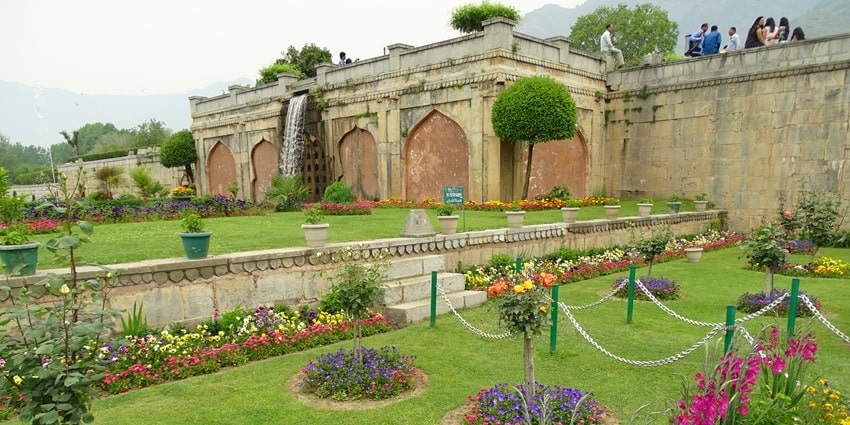
Photo: Adam Jones / Wikimedia Commons / Image For Representation Only
The Jammu Botanical Gardens, situated near the sanctuary, showcases a diverse collection of plant species native to the region. Spread over several acres, the gardens feature well-maintained pathways, themed sections, and informative displays about local flora. The gardens offer a peaceful environment for nature walks and serve as an educational resource for botany enthusiasts. It’s an ideal spot for those interested in learning about the region’s plant diversity and conservation efforts.
Timings: 9 AM – 5 PM
Entry Fee: ₹ 20 for adults, ₹10 for children
Suggested Read: Explore The Diverse Wildlife Of Dhauladhar Wildlife Sanctuary In Himachal
4. Renuka Ji Zoo
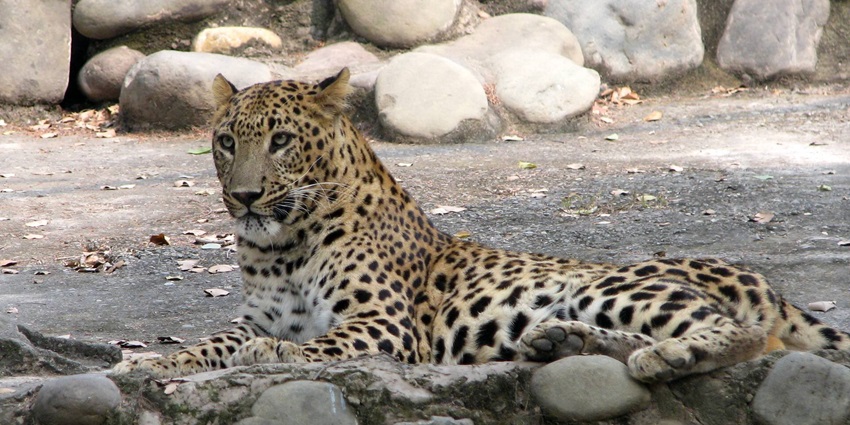
Photo: Wikiexplorer13 / Wikipedia / Image For Representation Only
Renuka Ji Zoo, located within the sanctuary complex, is home to various animal species native to the region. The zoo houses leopards, bears, deer, and numerous bird species in naturalistic enclosures. It plays a crucial role in conservation education and wildlife rehabilitation. Visitors can observe animals up close and learn about their habitats and behaviours. The zoo’s layout allows easy navigation, making it suitable for families with children.
Timings: 9 AM – 5 PM
Entry Fee: ₹ 20 for adults, ₹ 10 for children
5. Trilokpur Temple
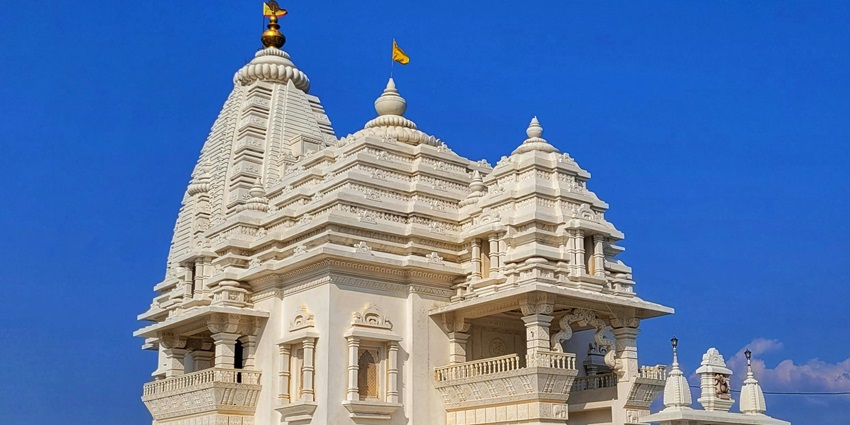
Photo: Daljeet Singh / Pexels / Image For Representation Only
Trilokpur Temple, dedicated to Goddess Mahamaya Bala Sundari, is an important pilgrimage site near Renuka Wildlife Sanctuary. The temple is known for its intricate architecture and spiritual significance. Legend has it that the goddess appeared here to kill demons. The temple comes alive with devotees and colourful celebrations during festivals, especially Navratri. Visitors can experience local culture and spirituality, complementing their nature-focused visit to the sanctuary.
Timings: 6 AM – 8 PM
Entry Fee: None
Suggested Read: Explore The Natural Beauty Of Chandratal Wildlife Sanctuary In Himachal Pradesh
Where To Stay

Photo: Pixabay / Pexels / Image For Representation Only
Accommodation options near Renuka Wildlife Sanctuary cater to various preferences and budgets, though they are somewhat limited compared to more popular tourist destinations. The Himachal Pradesh Tourism Development Corporation (HPTDC) runs the RenukaJi Tourist Complex, which offers comfortable rooms with lake views and basic amenities.
Those seeking more upscale accommodations might consider staying in Nahan, where hotels like Hotel Raj Mahal and The Hill View Resort offer better facilities.
Where To Eat
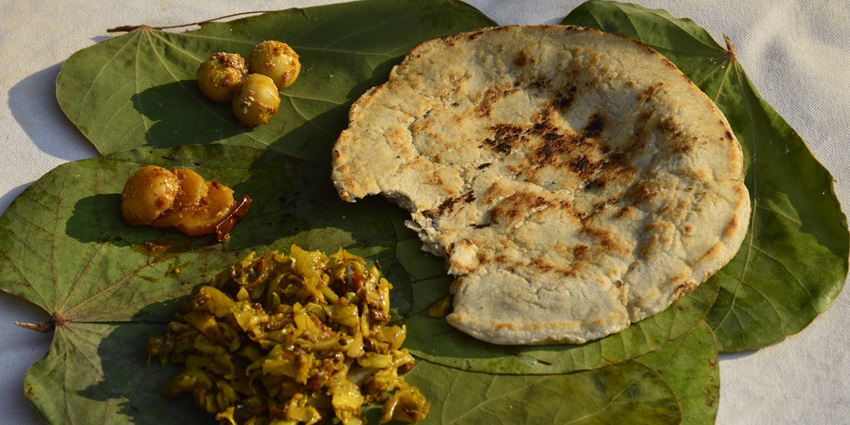
Photo: arun uppadhyay / Shutterstock
Dining options around Renuka Wildlife Sanctuary are relatively limited, reflecting its off-the-beaten-path status. The HPTDC RenukaJi Tourist Complex has a restaurant serving Indian and some Continental dishes, which is a convenient option for those staying there or visiting the sanctuary. For authentic local cuisine, small eateries in nearby villages offer simple but delicious Himachali dishes. These include specialities like madra (chickpeas in yoghurt gravy), chana dal, and siddu.
Suggested Read: Adventure Sports In Himachal Pradesh
Best Time To Visit Renuka Wildlife Sanctuary
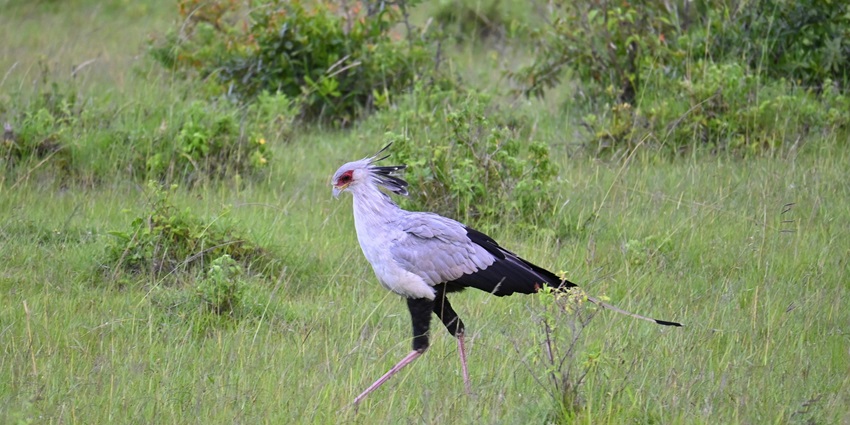
Photo: Marri Shyam / Pexels / Image For Representation Only
The ideal time to visit Renuka Wildlife Sanctuary is from March to June and September to November, when pleasant weather and clear skies create perfect conditions for wildlife viewing and outdoor activities. The sanctuary is open year-round, with each season offering unique experiences. Spring and autumn are excellent for birdwatching and photography, while summer provides good wildlife sightings despite warmer temperatures.
Other Factors To Consider

Photo: Jyoti Chaurasia / Wikimedia Commons / Image For Representation Only
Average Cost Of The Trip
The trip cost to Renuka Wildlife Sanctuary can vary depending on individual choices and the desired comfort level. For Indian visitors, the Renuka Wildlife Sanctuary ticket price is approximately ₹ 20 per person, while foreign visitors may have to pay a slightly higher fee. Accommodation costs can range from about ₹ 500 per night for budget guesthouses to ₹ 2000-3000 for mid-range hotels in Nahan.
Tips For The Travellers
- Wear comfortable walking shoes, as the sanctuary is best explored on foot.
- Carry warm clothing, especially if visiting during winter months.
- Respect wildlife and maintain a safe distance from animals.
- Bring binoculars for better wildlife and bird watching.
- Carry a good-quality camera to capture the scenic beauty and wildlife.
- Respect local customs and dress modestly when visiting temples.
- Carry sufficient cash, as ATM facilities are limited in the area.
Suggested Read: Wildlife Sanctuaries In Himachal Pradesh To Visit On Your Upcoming Trip
Renuka Wildlife Sanctuary offers a peaceful retreat for nature lovers with its serene lake, lush meadows and diverse wildlife. The sanctuary’s tranquil environment and rich biodiversity make it a must-visit for those seeking a refreshing escape away from the crowds. Book your Renuka Wildlife Sanctuary tour with TripXL today and enjoy a well-curated experience in one of India’s most picturesque sanctuaries.
Cover Photo: Ryutaro Tsukata / Pexels / Image For Representation Only


 WhatsApp
WhatsApp
 Twitter
Twitter









